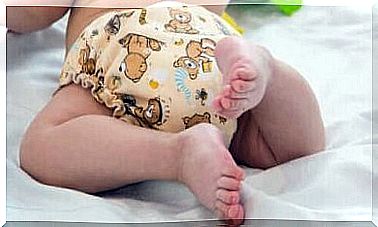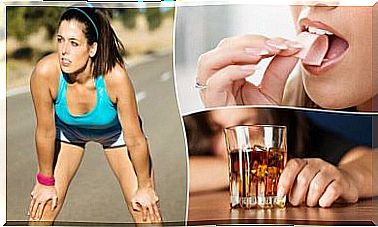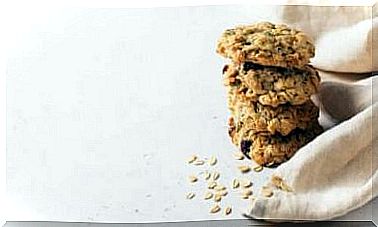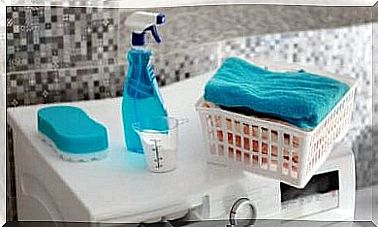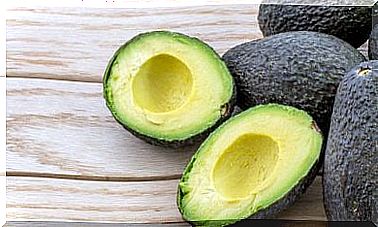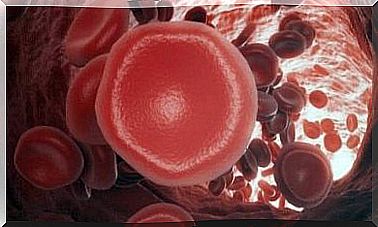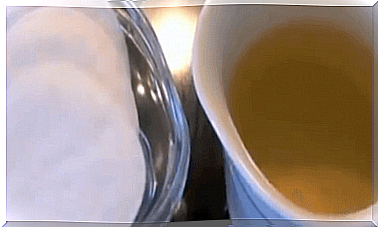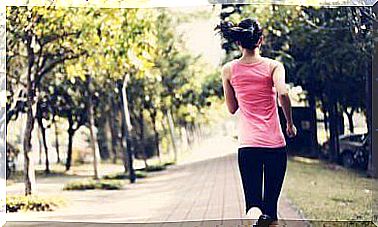The Causes And Treatment Of Heat Exhaustion
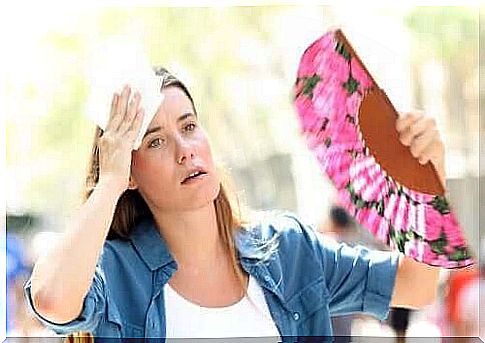
Heat exhaustion is a condition characterized by a body temperature above 40ºC. It usually occurs in very hot environments, and the causes of heat exhaustion usually include a combination of high humidity and intense physical activity.
Heat exhaustion can get worse and turn into heat stroke. This is a much more serious and potentially fatal condition. For example, one of the major heatwaves that hit Europe in 2003 caused more than 35,000 deaths at temperatures above 46ºC.
The Symptoms of Heat Exhaustion
The symptoms of heat exhaustion can be very nonspecific. The patient may not see the connection between what is happening to him and the heat, humidity and exercise present.
On physical examination, the patient will usually have a temperature below 40 ºC or the temperature is even completely normal. However, this is due to compensatory mechanisms, such as sweating.
The most common symptoms are:
- Excessive sweating.
- Pale and cold skin.
- Fast pulse.
- muscle cramps.
- Discomfort.
- Weakness.
- Dizziness.
- Headache.
- Nausea and vomiting.
- Dark urine from dehydration.
Unlike what happens as a result of heat stroke, patients suffering from heat exhaustion usually have a normal mental state. They do not experience confusion or loss of consciousness. These conditions are rare with heat exhaustion, although patients may feel dizzy when standing up quickly.
What are the causes of heat exhaustion?

Heat exhaustion occurs due to the failure of the body to maintain body temperature due to physical overload in environments with high temperatures and humidity.
The body tries to regulate temperature by sweating, but at some point this may not be effective. In addition to water, the body also loses electrolytes such as sodium and potassium through sweat, which can cause muscle cramps and a rapid heart rate.
It is important to remember that the temperature on the thermometer does not always reflect the true danger of air temperatures. Even if the temperature is not too high, heat exhaustion can occur if there is also high humidity.
The heat index measures air temperature plus the effects of humidity. This is the most important value to keep in mind. Therefore, temperatures that are considered acceptable can still become dangerous in certain situations.
Risk Factors
As with many other things, the best solution to heat exhaustion is prevention. In Spain, for example, companies are legally obliged to ensure an acceptable and suitable temperature in the workplace.
In offices and workplaces where there is a lot of sitting, temperatures should be between 17 C and 27 ºC. If temperatures go above or below this, it is considered thermal stress. However, there is a legal loophole when it comes to outdoor work.
There are more situations and health issues that can exacerbate the effects of temperature and humidity. Among other things, consider:
- Obesity.
- heart disease.
- Respiratory failure.
- Certain medications, such as: antibiotics, anticonvulsants, diuretics, laxatives, antihistamines, vasoconstrictors, beta-blockers, antidepressants, antipsychotics, and certain drugs such as cocaine and amphetamines.
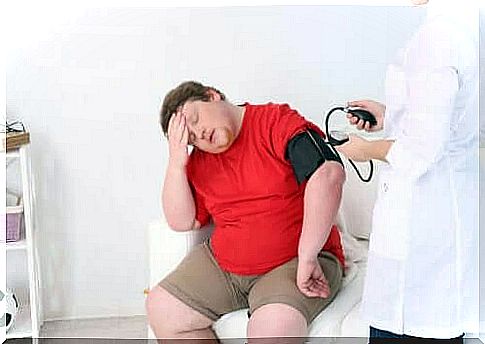
Workers are not the only ones at risk. Anyone who participates in outdoor sports, such as cycling, athletics, and walking at dangerous times of the day and without proper protection, is also at risk of heat exhaustion.
Special attention should be paid to children and the elderly whose bodies cannot regulate temperature easily. As a result, these groups are more susceptible to heat exhaustion, even at lower temperatures and after little exposure.
Precautionary actions
- Wear light, loose-fitting and light-colored clothing.
- Also, wear a hat or cap or use an umbrella to avoid getting sunlight directly on your scalp.
- Apply a sunscreen with a high protection factor, depending on the time of year you are in and the UV index.
- Drink plenty of water. Drink plenty of it and drink regularly. To check if you are well hydrated, just check your urine: if your urine is light in color, you are well hydrated. However, if it’s darker, you may be dehydrated and need to drink more water.
- Replace electrolytes lost in addition to water through sweat. Isotonic sports drinks or a classic alkaline lemonade (lemonade with sugar, baking soda and salt) can help.
- Reduce intake of stimulant drinks that contain caffeine, such as cola and coffee.
- Avoid alcohol consumption. This causes dehydration.
- As much as possible, plan the activities that require physical exertion, be it sport or work, for the less hot times of the day. In addition, it is also important to schedule breaks so that you can rest for a few minutes in a cooler place before resuming your activity.
- Under no circumstances should you leave children in a car in hot weather. The temperature can rise many degrees and lead to death in a short time.
What should you do if you have heat exhaustion?
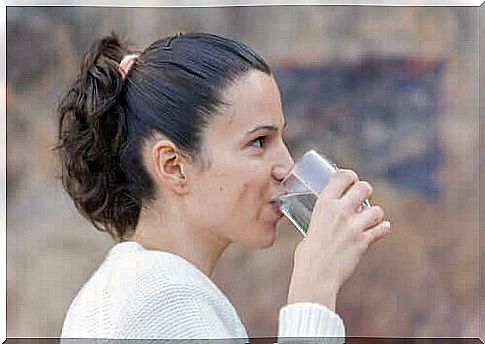
Proper hydration is key to counteracting the effects and causes of heat exhaustion. It is also important to find a cool place to rest. In case of heat exhaustion:
- Do not stay in a place with hot temperatures but find a place in the shade.
- You can lie on the floor and raise your legs in the air. This facilitates blood flow to the heart and brain.
- Remove unnecessary clothing, undo knots on your neck or other areas that could otherwise be a nuisance or constricting.
- Cool yourself with a cold bath or shower. Place a wet towel on your head, neck and chest.
- Hydrate yourself slowly with water or electrolyte drinks.
- The symptoms of heat exhaustion can last for several days. Do not exercise or expose yourself to heat or the sun until fully recovered.
If you do not recover after these recommendations and your body temperature remains high, or if you even pass out or have seizures, you should immediately call emergency services or see a doctor.
It is very important to be careful with strenuous activities and other things that can cause heat exhaustion. Therefore, take the necessary precautions.
